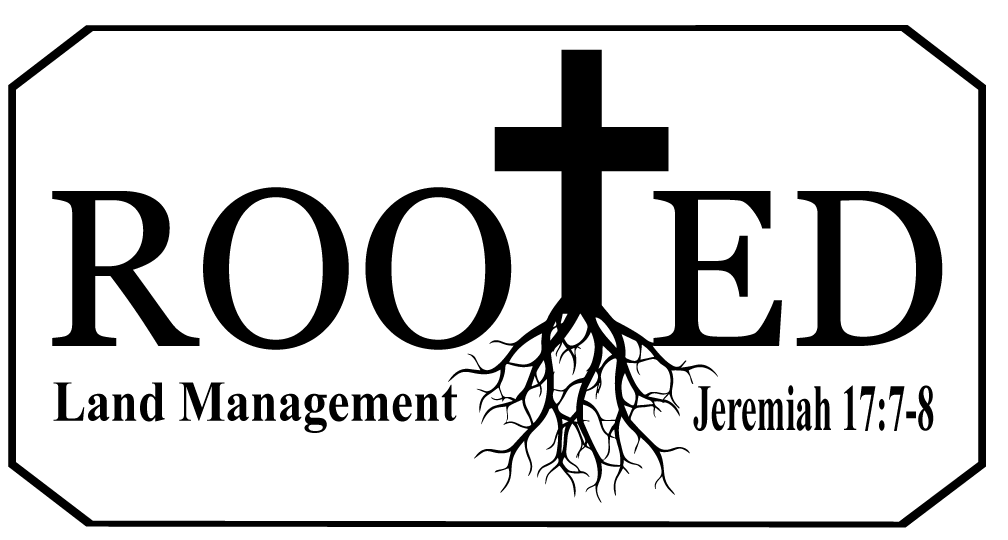Firing Up the Habitat: How Controlled Burns Boost Land and WildlifeDevelopment
When it comes to land management, few tools are as powerful—or as misunderstood—as controlled burning. Also known as prescribed fire, controlled burning is the strategic use of fire under specific weather conditions to manage vegetation, improve habitat, and enhance ecosystem health. Far from being destructive, fire has been a natural part of North American landscapes for thousands of years—and when used correctly, it can dramatically improve both property development and wildlife populations.
If you’re looking to improve your recreational hunting property, enhance forage, or restore native habitat, prescribed fire might be the key you’ve been missing.
Benefits of Controlled Burning for Property Development
- Vegetation Control and Land Clearing
Controlled burns are one of the most efficient ways to manage invasive vegetation and reduce thick understory that chokes out desirable plants. Burning can:- Remove woody overgrowth and competing brush
- Open up fields and forests for easier access and visibility
- Prepare land for future planting, trail systems, or food plot development
- Nutrient Recycling and Soil Health
Fire releases locked-up nutrients in dead plant material and returns them to the soil quickly. This results in:- Enriched soil with natural fertilizer
- Increased pH levels in acidic soils
- Better conditions for native grasses, forbs, and browse plants to thrive
- Cost-Effective Land Management
Compared to mechanical clearing or herbicide treatments, controlled burning is often cheaper and less labor-intensive. With the right training or professional assistance, you can maintain large tracts of land efficiently and on a regular cycle. - Aesthetic and Safety Improvements
Burned areas are visually appealing once new growth starts and are safer over time due to reduced wildfire risk from fuel buildup.
Benefits of Controlled Burning for Wildlife Development
- Stimulates Native Plant Growth
Many native species evolved with fire and respond strongly after a burn. Controlled fire clears out thatch and old growth, allowing:- Tender new growth of forbs and grasses favored by deer, turkey, and quail
- Better visibility and travel corridors for wildlife
- Enhanced insect populations, which are critical for poults and young birds
- Improves Forage Quality
Deer and other herbivores prefer high-protein, nutrient-rich plants—exactly the kind that sprout after a burn. New growth is:- More digestible
- Higher in nutrients
- Available within weeks after the fire
- Enhances Brooding and Nesting Habitat
Game birds like wild turkey and bobwhite quail rely on open understory and bug-rich environments for nesting and brood rearing. Controlled burns create:- Bare ground interspersed with grasses for easy chick movement
- Safe areas free of dense predators’ hiding cover
- Rich insect life for protein-hungry chicks
- Promotes Plant and Habitat Diversity
Fire creates a mosaic of habitat types across the property, especially when burned on a rotational schedule. This leads to:- More diverse plant communities
- Varied cover and food sources
- Greater overall biodiversity and carrying capacity
Best Practices and Considerations
- Timing Matters
- Winter and early spring burns: Good for reducing fuel loads and promoting warm- season grasses.
- Growing season burns: Target woody brush and hardwood saplings for longer-term change.
- Use a Rotation System
Burning the same area every 2–4 years mimics natural cycles and keeps vegetation in optimal wildlife-use stages. - Always Plan and Prepare
Prescribed burns should follow strict guidelines:- Obtain proper permits and follow state regulations
- Establish firebreaks and safety zones
- Burn under the right weather and humidity conditions
- Have firefighting equipment and a trained crew on site
- Start Small
If you’re new to burning, start with small patches or partner with experienced agencies like the NRCS, state forestry divisions, or local burn cooperatives.
Conclusion: Fire as a Foundation for Habitat and Property Growth
Controlled burning isn’t just a land-clearing tool—it’s a habitat renewal strategy. It helps you shape the landscape for easier access, healthier vegetation, and thriving wildlife. When used responsibly, fire improves forage quality, stimulates native plant diversity, and sets the stage for better hunting and long-term ecosystem health.
If you’re serious about developing your land and improving conditions for deer, turkeys, quail, and other wildlife, then fire might be the most natural and effective tool at your disposal.
If you are wanting more information about having burning done on your property whether it is for timber stand improvements or wildlife enhancement, give Rooted Land Management a call at 256-684-1645 or email them at info@rootedlandmgt.com.
Brady Willcutt
Owner
Rooted Land Management
